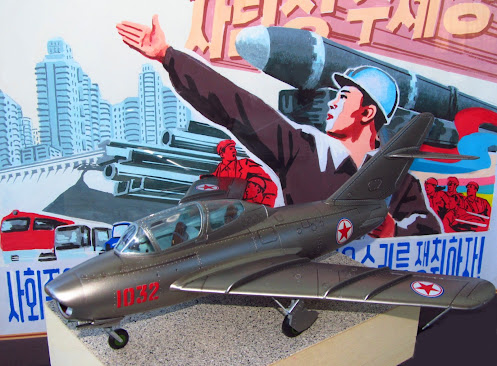This is the simply awful kit from an un-named company, of the
White Star Line's R.M.S. Titanic in 1:800 scale. The kit is moulded in three colours: almost none are usable. Quality of the mouldings is appalling. Detail is bad. Fit is poor. Design concept is ill-considered. Decals are plastic stickers which cannot be used. Dreadful from start to finish. Appalling. Even the horrid Chinese company would not put their name on the box of this pig.
I built this as another in my series of
COVID-19 models (what was I thinking?). It is an OOB kit which I literally built inside the box. You have to keep garbage somewhere. Why I did not just abandon it to scrap eludes me. Photos are in sepia with darkened antique edges to hide the massive flaws and to give it a century-old appearance.
Titanic was one of three sister ships, and was laid down in March 1909 and launched in May 1911. It was completed in April 1912 and sank on it's maiden voyage on 15 April 1912. Poor design; lack of appropriate lifeboats and lifeboat spaces; poor work by Harland & Wolff of Ireland; a major fire in the hull which burned for two days in the yard; and crass corporate disdain for safety by White Star and Bruce Ismay led to the deaths of 531 third class passengers as well as 155 second class passengers (mostly servants). There were 34 Canadians on board, mostly in first class. All Canadians in third class died, as did half of those in first and second class.
Survivors and families in the USA and UK grouped together to sue White Star for $16 million ($418 million today), but because the US Supreme Court interfered on behalf of White Star to limit the liability, White Star ended up paying only a mere $664 000. (or about $16 million today) in compensation to mostly US passengers. Compensation did not go to non-UK or non-US citizens, and nothing went to third class passengers.
The criminal actions of the White Star company were never prosecuted, and company director Bruce Ismay (who survived the sinking) remained free. White Star did not survive the great depression, and was bought by Cunard with British government bailout money in 1933.
 |
| White Star R.M.S TITANIC (1912) 1:800 scale |
 |
| White Star R.M.S TITANIC (1912) 1:800 scale |
 |
| White Star R.M.S TITANIC (1912) 1:800 scale |
 |
| White Star R.M.S TITANIC (1912) 1:800 scale |
 |
| White Star R.M.S TITANIC (1912) 1:800 scale |
 |
| White Star R.M.S TITANIC (1912) 1:800 scale |
 |
| White Star R.M.S TITANIC (1912) 1:800 scale |
 |
| White Star R.M.S TITANIC (1912) 1:800 scale |
 |
| White Star R.M.S TITANIC (1912) 1:800 scale |
 |
| White Star R.M.S TITANIC (1912) 1:800 scale |
 |
under construction in the Harland & Wolff shipyard
which just happens to be in my spare bathroom |
 |
under construction in the Harland & Wolff shipyard
which just happens to be in my spare bathroom
|
 |
under construction in the Harland & Wolff shipyard
which just happens to be in my spare bathroom |







